Travel
Travel review: Málaga
by Joely Carey
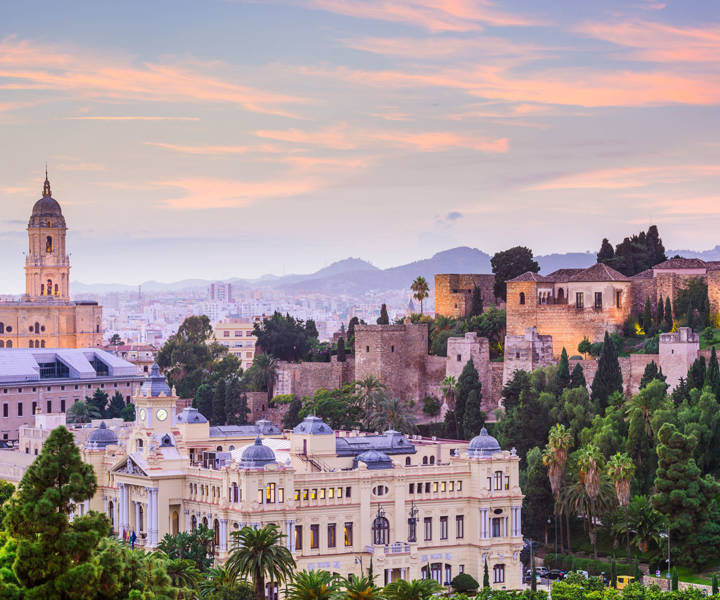
Incredible food, stunning art and vibrant streets have helped transform this Spanish city into a wonderfully sociable place, says Joely Catey
The waitress sashays through the crowd, a tray of drinks expertly balanced in one hand and a plate of boquerones (fresh anchovies) in the other. People jostle for position at a busy olive stall as an accordion player strikes up a tune by the entrance. The smell of spices and sweet fruits fills the warm air, then I spy a free table amongst the throng. ‘Aqui!’ I call to my husband, John, who is laden with our market haul. Moments later, straw hat askew, he’s next to me just as his ice-cold beer arrives.
It’s Friday mid-morning in the beautiful Mercado Central de Atarazanas, my favourite food market, which is built on the site of a Moorish shipyard in Málaga’s historic centre. Here, impressive jamón Ibérico stalls see skilled producers carve superfine slices, which they handle like gold dust before wrapping. The fruit and veg displays are an Instagrammer’s dream, and expect some sing-along-a-fishmonger vibes too; the seafood and shellfish here is some of the best you’ll find anywhere in Europe.
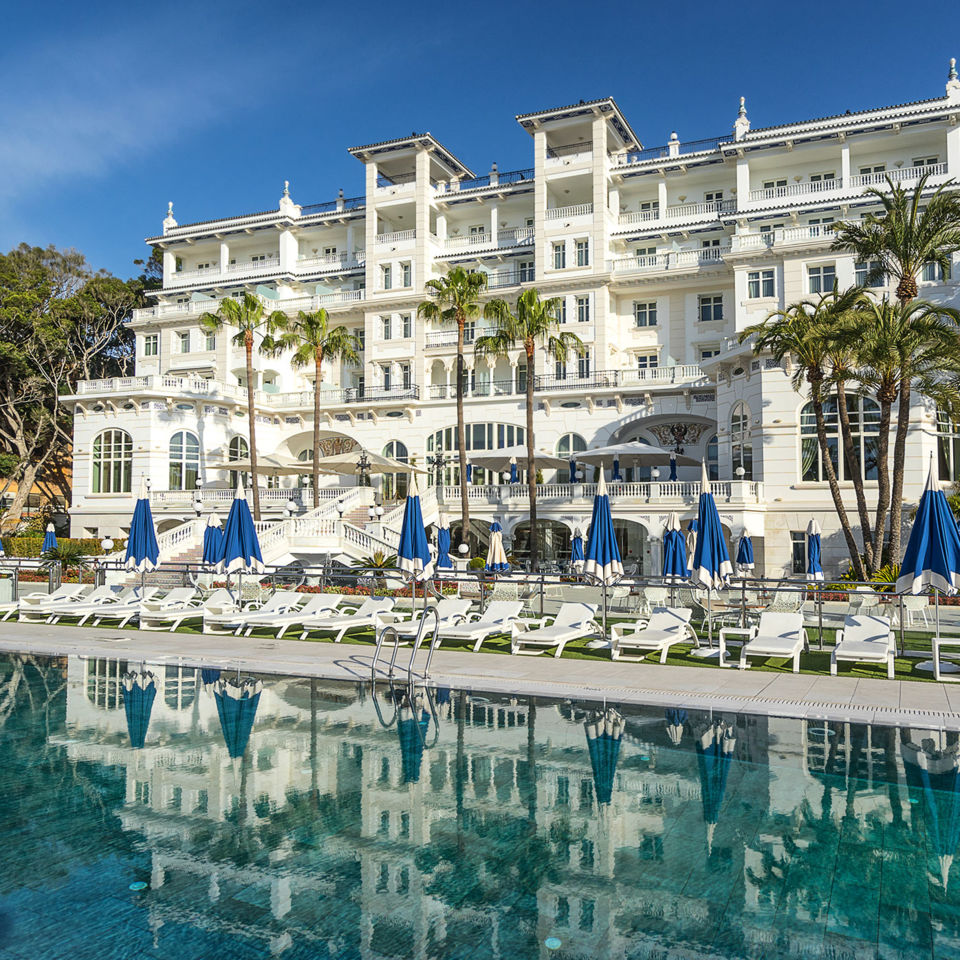
This is why we always lunch here post-shop; it’s fresh fast-food Spanish style. Boquerones al limon (anchovies lightly fried with a squish of fresh lemon juice) are a must-try, as are the huge sea-salted gambas a la plancha (grilled shrimp). Málaga is often overlooked as people fly into its airport then head elsewhere in southern Spain, but its classic looks, low-key glamour, vibrant arts scene, miles of beaches and fabulous food made us fall in love with it.
Two years ago, we bought a small townhouse in the hills 30 minutes away. Now it’s home from home. Architecturally stunning with marble streets and historic buildings, including one of Spain’s best-preserved fortresses and a Roman amphitheatre, major investment has helped it shrug off its former gritty rep. Now, it’s a cosmopolitan hub and an incredibly sociable city.
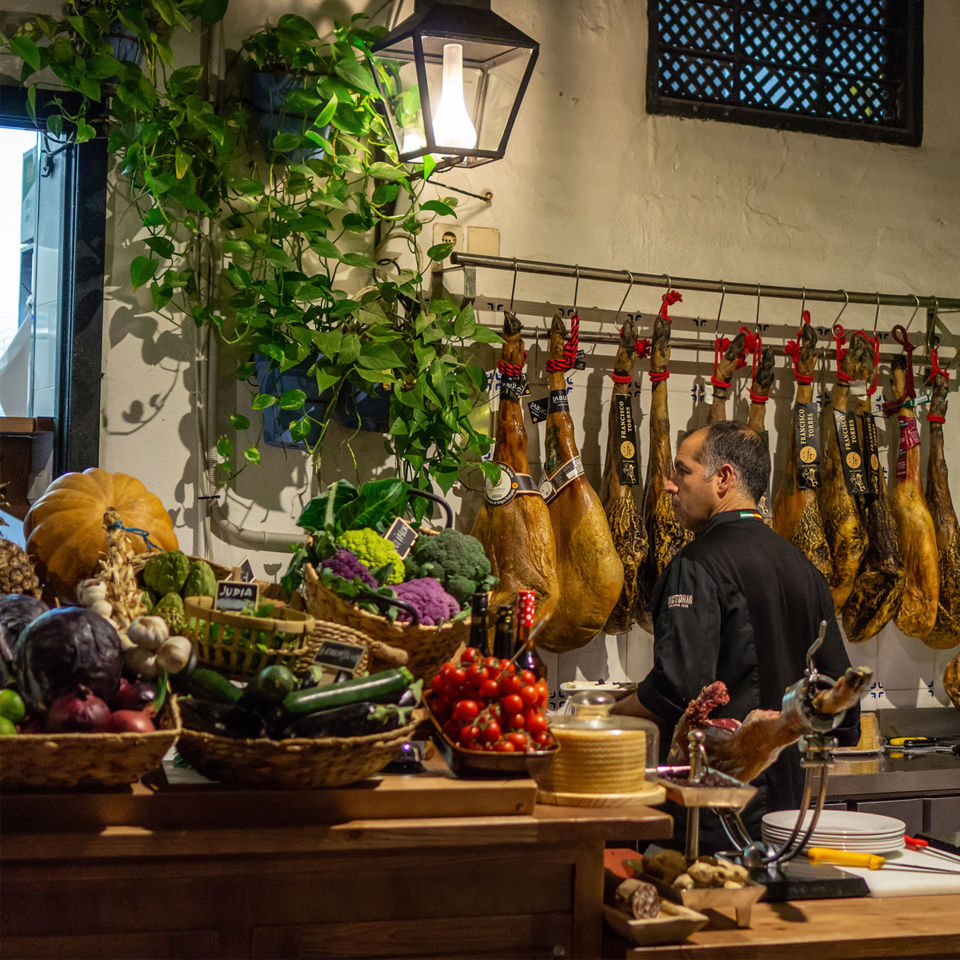
Culture seeps out of every street corner here, with no less than 30 museums, plus world-class art at the Centre Pompidou near the marina. Málaga was the birthplace of Pablo Picasso, and the city has a museum dedicated to him and his art housed in a grand 16th-century Andalusian courtyard.Another Málagueno is actor Antonio Banderas. He has invested in the arts and culture scene here and is a partner at one of the city’s beloved tapas bars, El Pimpi, slap bang in the historic old quarter. Avoid outside tables and opt for standing by an oak barrel inside its warren of rooms.
Bar-served tapas here is consistently good – try the morcilla de burgos (Spanish black pudding). For an edgier vibe, take a wander through arty Soho for lunch at Meson Iberico, a favourite with locals, where simply perfect tapas is served in authentic surroundings. Every dish here works, and the Galician-style octopus is divine. Expect to wait, but you won’t be disappointed.
Elsewhere in the city, the Catedral de la Encarnación, which took more than 200 years to build, starting in 1528, is referred to locally as ‘La Manquita’, the one-armed lady, as it famously only has one tower, the second being unfinished. The interior will take your breath away and the cool air inside is a blessing in the heat of the day. If you’re lucky, in the evenings you may catch some flamenco in the streets outside.
Days start early but slowly here, and siestas are definitely a thing because they allow the balmy evenings to continue well into early hours. On this visit, we cycle with friends 10 minutes from the city to the nearby fishing village of Pedregalejo, where chiringuitos (small beach bars) line the seafront, each with its own barbecue carved from an old wooden fishing boat. They serve expertly cooked fish to order over the burning olive wood and coals.
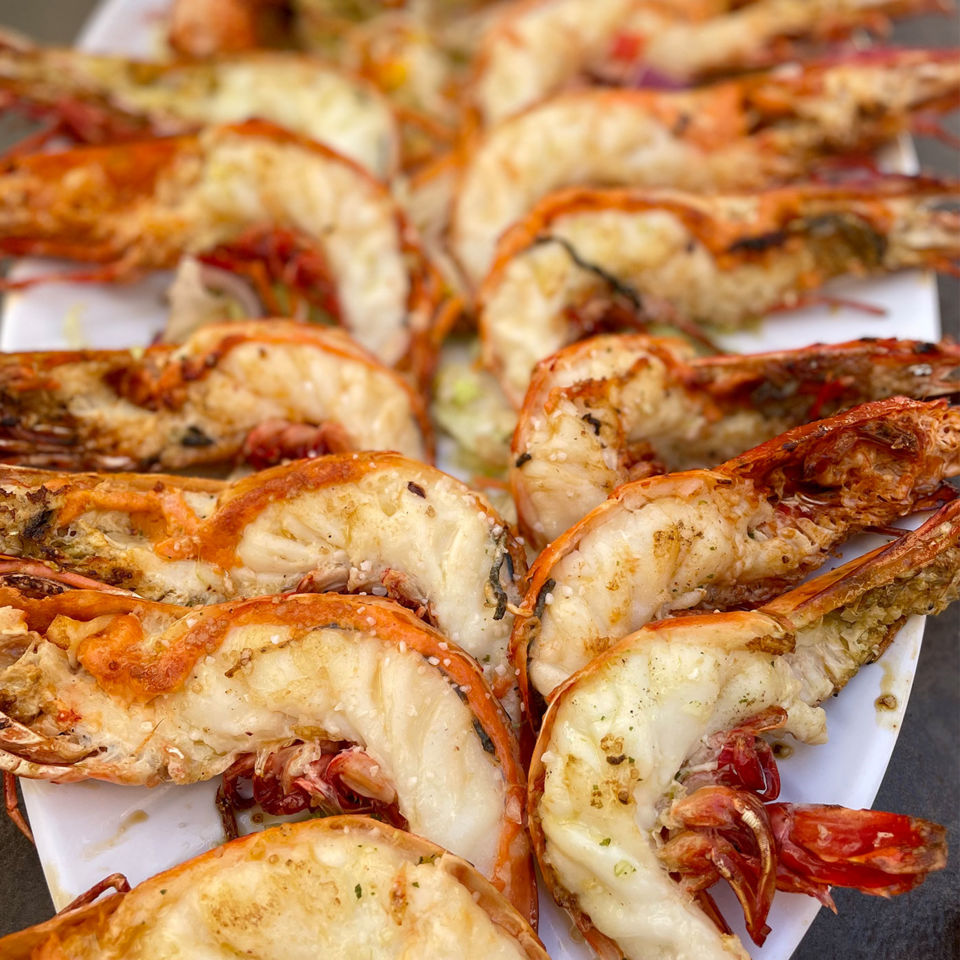
Must-trys are the espeto de sardinas (skewered sardines), usually six of them served with lemon. Hold the head and tail and nibble off the flesh, forks are for tourists... Other classics like grilled calamari, more boquerones, gambas pil-pil, olives and tomatoes all served with fresh bread to soak up the oils and herbs make for a perfect Spanish Sunday lunch.
It’s Málagan law to have a rooftop cocktail before bed, and there are many to choose from. For old-school glamour, go to the rooftop bar at the luxe Gran Hotel Miramar. Dating back to 1926, it has hosted writer Ernest Hemingway, actor Elizabeth Taylor and Spanish royalty. Its top-floor bar looks across the moonlit bay, and it’s so beautiful you could quite easily stay forever. Maybe we will.
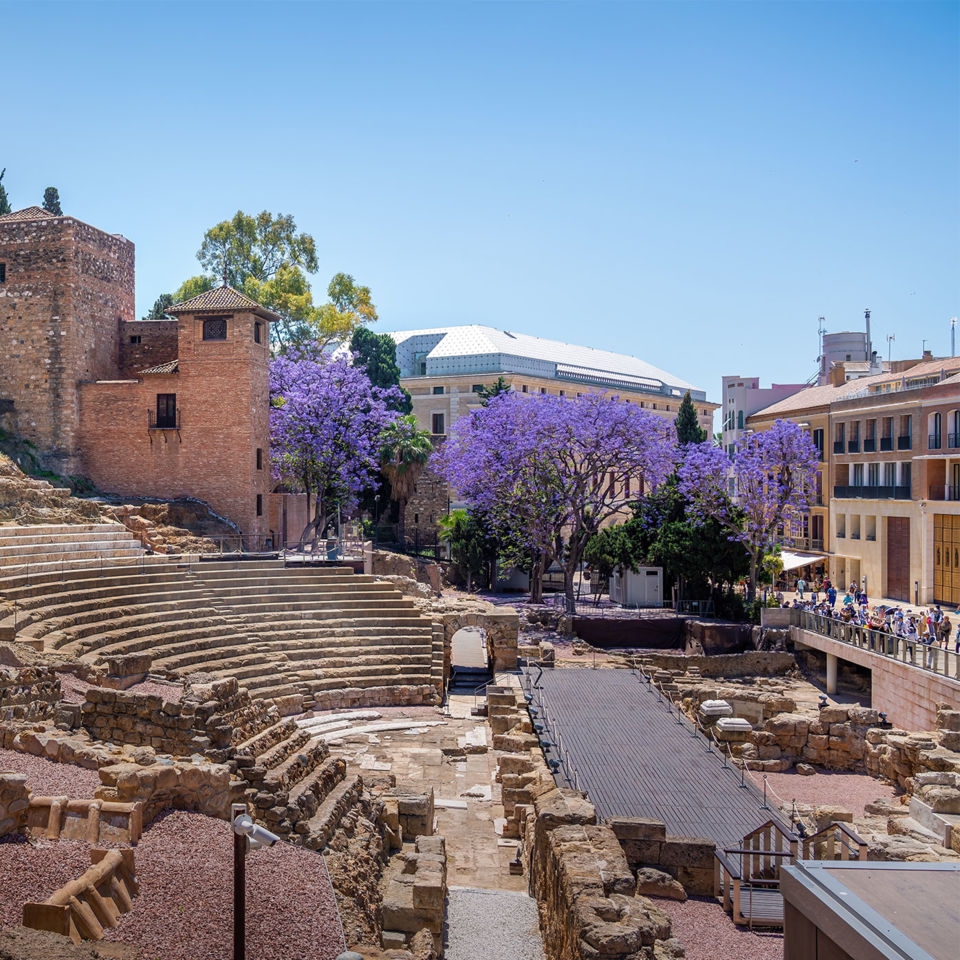
How to book
There are daily flights to Málaga from most UK airports. The airport is 15 minutes from the city centre and is well served by trains and taxis. For a luxury stay, try the Gran Hotel Miramar. With views of the city and the sea, it’s just 10 minutes from the centre. Double rooms start from £195 a night. A budget- friendly option is Hotel Boutique Teatro Romano – close to both the Roman theatre and the fortress walls. Double rooms start from £115 a night.












